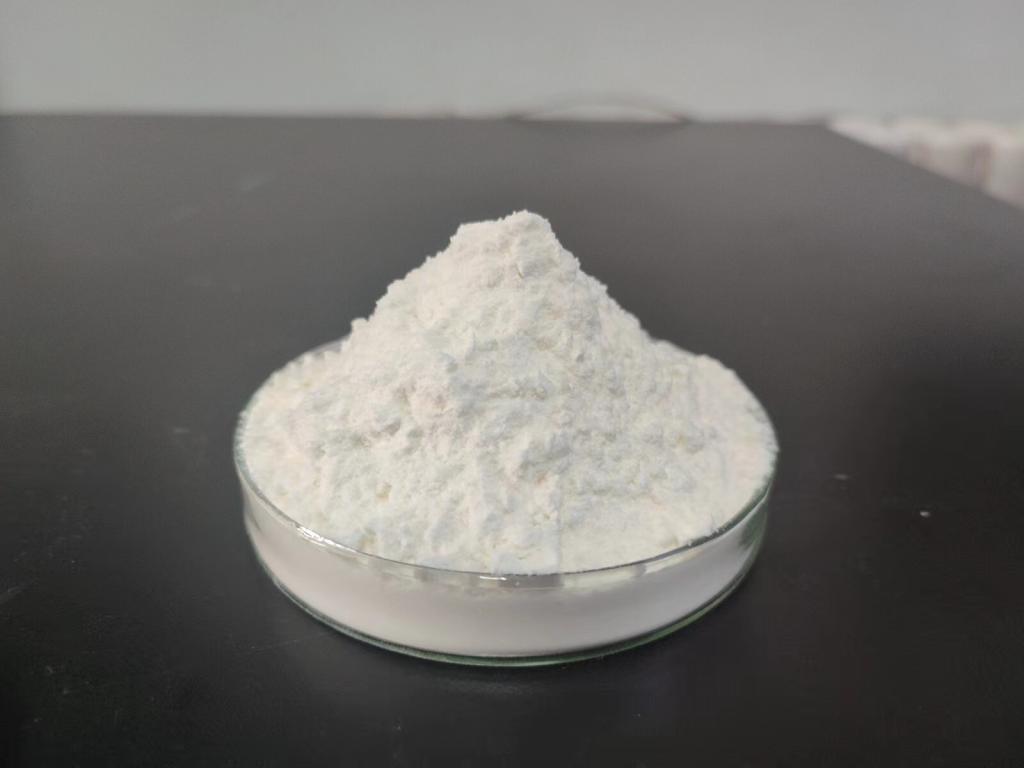Tel:+8618231198596

News
 CONTACT
CONTACT
 CONTACT
CONTACT
- Linkman:Linda Yao
- Tel: +8618231198596
- Email:linda.yao@dcpharma.cn
- Linkman:CHARLES.WANG
- Department:Overseas
- Tel: 0086 0311-85537378 0086 0311-85539701
News
Understanding the mechanisms of action of ε-Polylysine hydrochloride in food systems.
TIME:2024-09-11
Structure and Properties of ε-Polylysine
ε-Polylysine (PL) is a cationic polypeptide consisting of lysine units connected by ε-(γ-lysine) amide bonds. The positively charged nature of PL allows it to interact with negatively charged components of microbial cells, particularly the phospholipids in the cell membrane. When formulated as ε-polylysine hydrochloride, it becomes more soluble in water, making it suitable for a wide range of applications in food preservation.
Mechanism of Action Against Microorganisms
The antimicrobial activity of ε-PL is multifaceted and involves several mechanisms that collectively contribute to its effectiveness against a broad spectrum of foodborne pathogens:
Disruption of Cell Membrane Integrity: The primary mechanism of action of ε-PL is its ability to interact with the cell membranes of microorganisms. Upon contact, ε-PL molecules bind to the negatively charged phospholipids in the outer membrane, leading to the formation of pores. These pores disrupt the membrane's integrity, causing leakage of intracellular contents and ultimately leading to cell death.
Inhibition of Protein Synthesis: ε-PL can also interfere with the protein synthesis machinery within bacterial cells. By binding to ribosomes, ε-PL can prevent the initiation or elongation steps of protein synthesis, thereby inhibiting the growth and replication of the microorganisms.
Interference with DNA Replication: In addition to its effects on protein synthesis, ε-PL may interfere with DNA replication processes. By binding to nucleic acids or associated proteins, it can disrupt the replication cycle, preventing the division and propagation of bacterial cells.
Synergistic Effects with Other Preservatives: ε-PL can work synergistically with other preservatives and antimicrobial agents to enhance the overall protective effect against pathogens. This combined approach can be particularly effective in creating a multi-barrier defense system within food products.
Applications in Food Systems
The antimicrobial properties of ε-PL lend themselves to various applications within the food industry, where it can be used to improve the safety and extend the shelf life of food products:
Direct Addition to Food Products: ε-PL can be directly added to food products such as sauces, marinades, and meat products to prevent the growth of spoilage bacteria and pathogens. Its natural origin and safety profile make it an attractive alternative to synthetic preservatives.
Active Packaging: Incorporating ε-PL into food packaging materials creates an active barrier that continuously releases the antimicrobial compound into the headspace around the food. This can help maintain the quality and safety of the product throughout its shelf life.
Surface Treatments: ε-PL can be applied as a surface treatment to fruits, vegetables, and other fresh produce. This application can help reduce the risk of post-harvest spoilage and foodborne illness, particularly in minimally processed products.
Challenges and Considerations
While the use of ε-PL in food systems shows significant promise, there are also challenges and considerations that need to be addressed:
Optimal Concentration: Determining the optimal concentration of ε-PL for effective antimicrobial activity while ensuring sensory quality and compliance with regulatory standards is crucial.
Stability Under Processing Conditions: Ensuring the stability of ε-PL under various processing conditions, such as heat treatments and pH variations, is necessary to maintain its efficacy.
Consumer Acceptance: Educating consumers about the benefits of ε-PL and its natural origins can help in gaining acceptance and trust in products containing this preservative.
Conclusion
The mechanisms of action of ε-polylysine hydrochloride in food systems underscore its potential as a natural and effective preservative. By targeting multiple aspects of microbial physiology, ε-PL provides a robust defense against foodborne pathogens, thereby enhancing food safety and extending shelf life. As research continues to refine its application and explore new uses, ε-PL is poised to play an increasingly important role in the development of safer and more sustainable food products.
- Tel:+8618231198596
- Whatsapp:18231198596
- Chat With Skype







